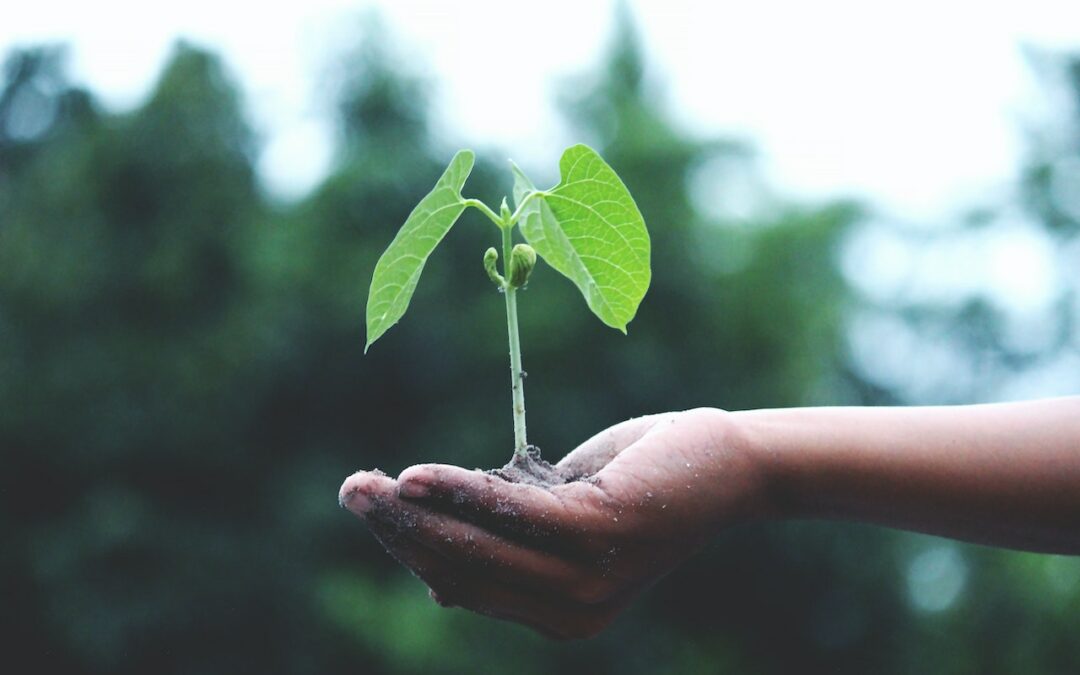
by Komoneed | May 7, 2025
At the time of the California Gold Rush in the mid-1800s, grizzly bears numbered as many as 10,000. In the following years, the iconic carnivores were entirely eradicated, with the last one seen wandering alone in Sequoia National Park in 1924. Now, a new feasibility study by the California Grizzly Alliance has said grizzlies could […]
The post Grizzlies Could Make a Comeback in California, New Study Suggests appeared first on EcoWatch.

by Komoneed | May 7, 2025
North American bird populations are plummeting, especially in drylands, grasslands and the Arctic where they have historically been most abundant, new research has found. The analysis of almost 500 species of North American birds indicates that three out of four species are suffering declines across their ranges, with two in three shrinking significantly. “We’re not […]
The post North American Bird Populations Are Collapsing in Places They Once Thrived: Study appeared first on EcoWatch.

by Komoneed | May 7, 2025
What do you do with your plastic bags when they’re no longer needed? Do you put them in the trash? Do you put them in your curbside container and hope for the best? Plastic bags are not easily recycled through conventional means. Yet, they’re not a great item to throw in the trash either. It’s because […]
The post The Challenges and Solutions in Recycling Plastic Bags appeared first on RecycleNation.

by Komoneed | May 7, 2025
This post was originally published on We Build ValueL’articolo Water in the Desert: The Arabian Peninsula’s Major Water Treatment Plants proviene da We Build...

by Komoneed | May 7, 2025
Vertiv has introduced the Vertiv CoolLoop Trim Cooler, in support of air and liquid cooling applications for AI and HPC (high-performance computing). This cooler supports diverse climate conditions for hybrid-cooled or liquid-cooled data centres and AI factories.
Integrating with high-density, liquid-cooled environments, the AI-ready cooler provides operational efficiency and aligns with the industry’s evolving needs for energy-efficient and compact cooling solutions. It provides up to a 70% reduction in annual cooling energy consumption leveraging free-cooling and mechanical operation, and 40% space savings compared to traditional systems. Designed to address the challenges of modern AI factories, the system supports fluctuating supply water temperatures up to 40°C and cold plate functionality at 45°C.
Straightforward water connections are said to provide smooth and direct system integration for the Vertiv CoolLoop Trim Cooler and the Vertiv CoolChip CDU coolant distribution units, for direct-to-chip cooling. The cooler can also connect directly to immersion cooling systems. This simplifies installation and operational complexity, allowing compatibility across a range of high-density cooling environments, providing time savings and cost efficiencies for customers.
The cooler uses low-GWP refrigerant and provides a scalable cooling capacity up to almost 3 MW in the air-cooled configuration. With free cooling coils optimised for high ambient temperatures, the system is designed to operate in free cooling mode across more seasons and conditions, for reduced electrical consumption and CO2 emissions.
It is compliant with 2027 EU F-GAS regulations ban, avoiding the need for redesigns or infrastructure upgrades to meet the regulatory requirement.





